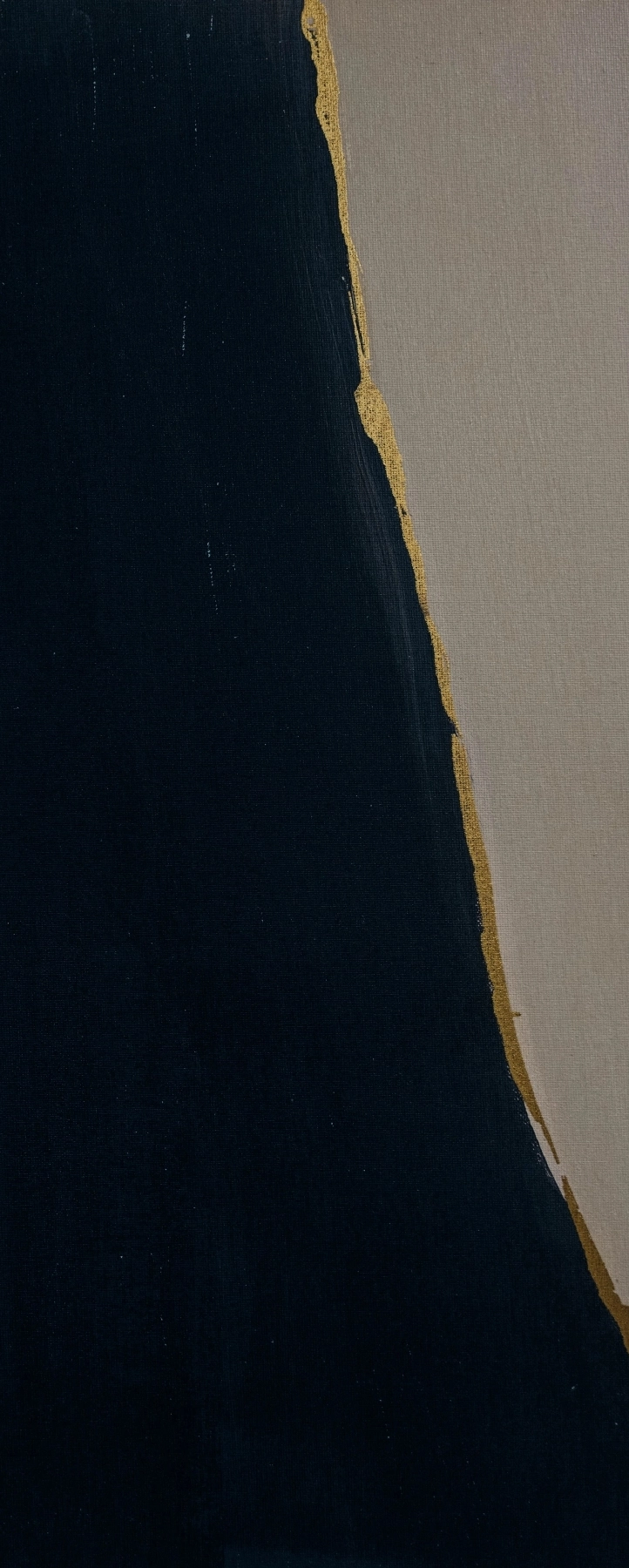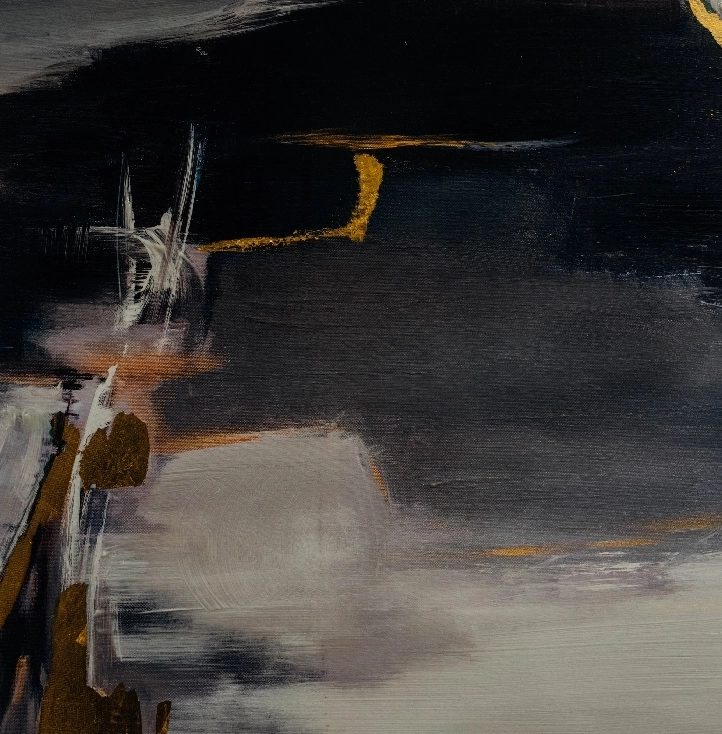Take control of your condition
What to Expect On The Day of ESWL
Your doctor usually arrives at a diagnosis of kidney stones based on your symptoms and medical history. Blood tests, urine tests and other investigations may be ordered to confirm the diagnosis. Several diagnostic techniques such as X-ray, ultrasound, CT and intravenous urogram (contrast dye injected into the kidneys is detected through X-ray) may also be used to identify the location of the kidney stones.
During lithotripsy, you will lie on a water-filled cushion. High-energy sound waves that are created outside of the body travel through the body until they hit the kidney stones and break them into tiny pieces. You may feel a tapping sensation on your skin as the shockwaves enter the body.
A tube is inserted through your bladder or your back into your kidney to help drain urine from your kidneys until all the tiny fragments of stone pass out of your body. The tube may be inserted before or after the procedure. The procedure takes about 45 to 60 minutes to complete.




